Weddings For Singles
August 2, 2015 in Daily Bulletin
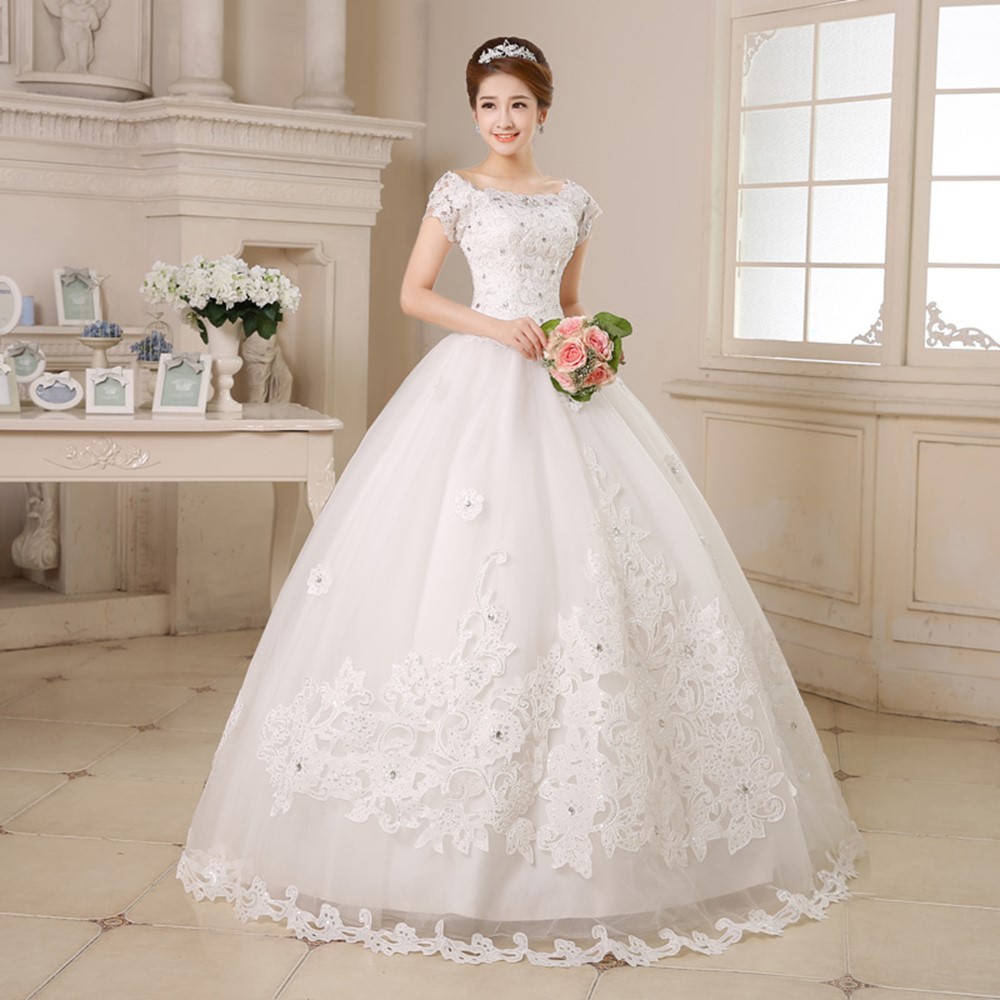
Single women in Korea are increasingly deciding not to get married. Some are instead opting for weddings without husbands:
- Single wedding packages include wedding dresses and photo shoots.
- The idea behind them is that photos from a day as important as a wedding should be taken when the bride is in her prime.
- Some hope to add a husband in the future – perhaps at a time when a wedding photographer would’ve captured a few more wrinkles around the eyes.
- Friends are sometimes invited to the photo shoot since weddings are family experiences.
- It is even possible to hire a male model to stand in as the groom.
Read more here.
Source: The Economist
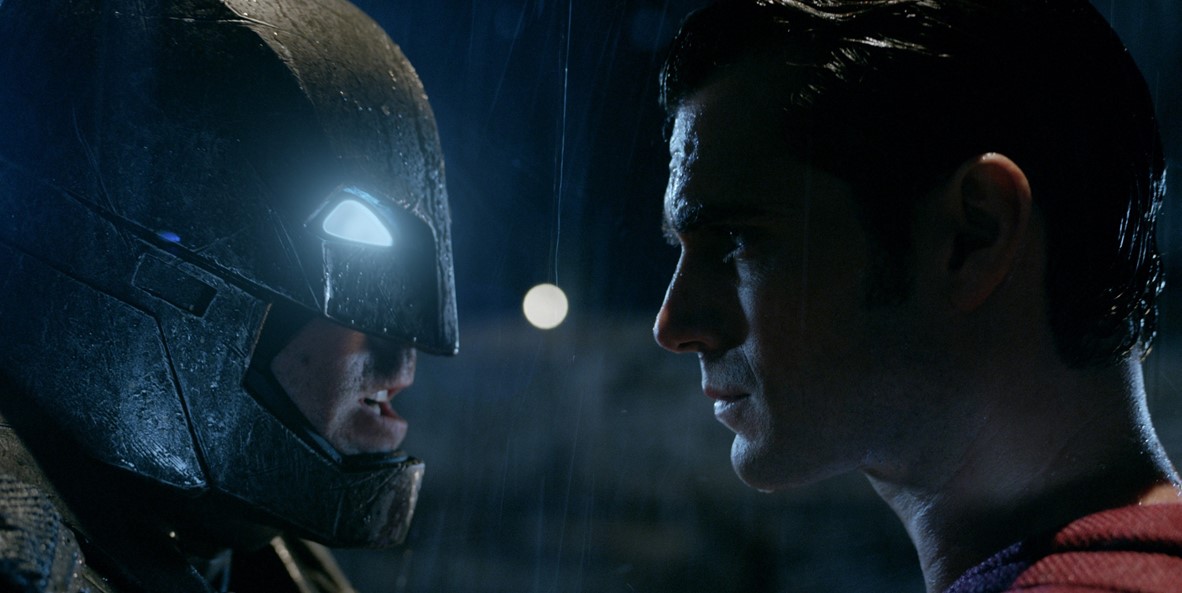
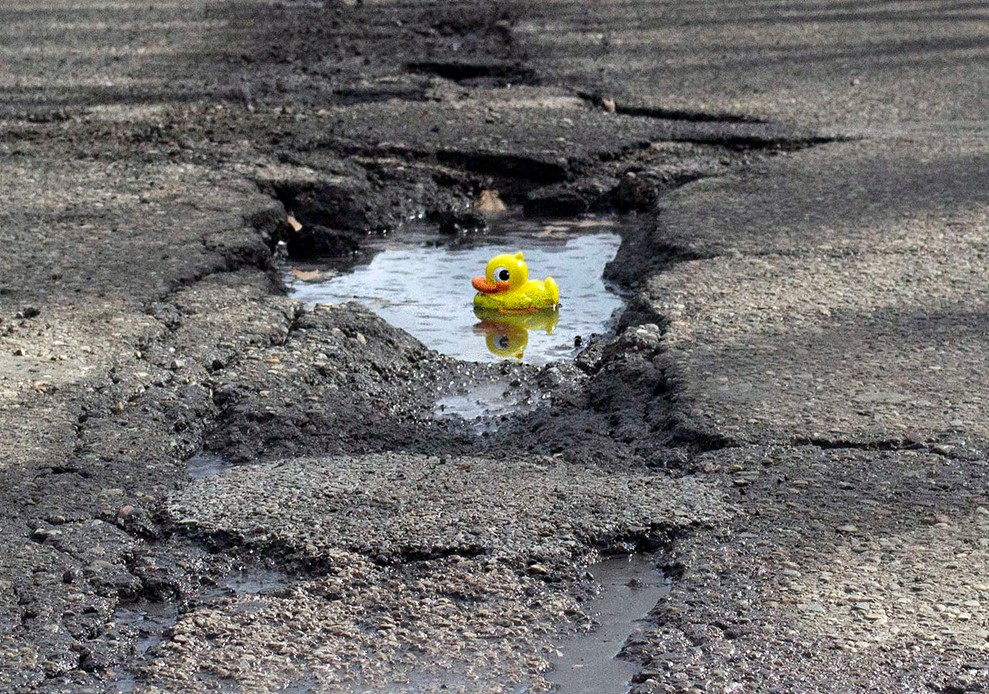
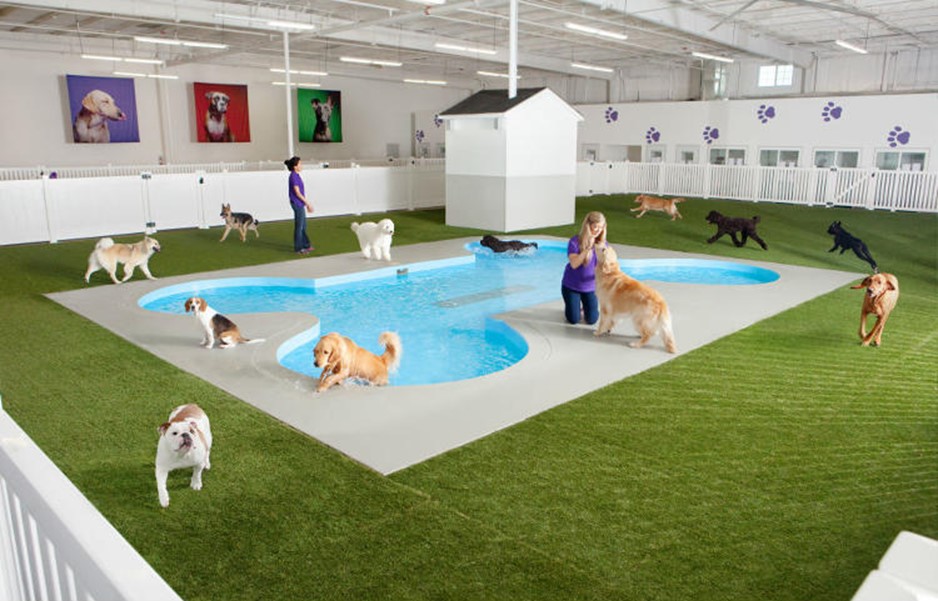
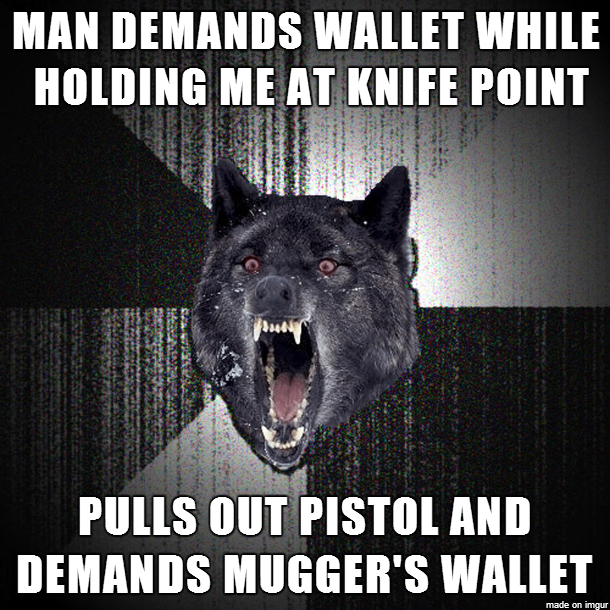
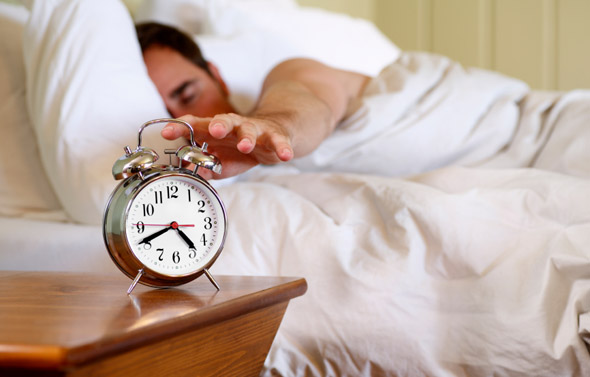
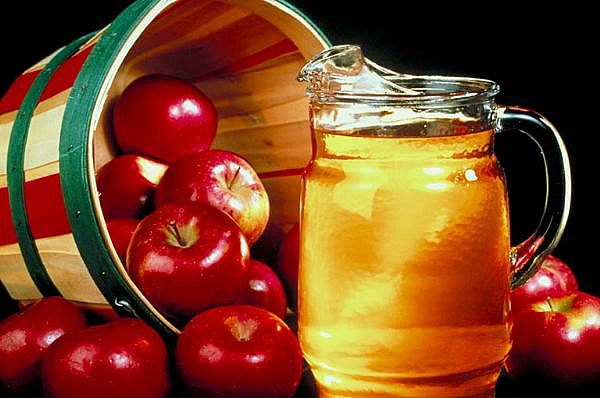
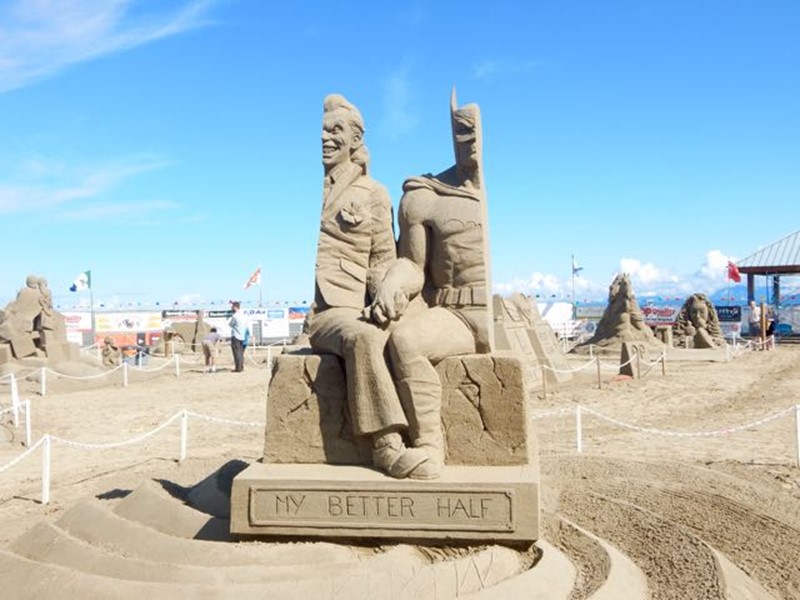
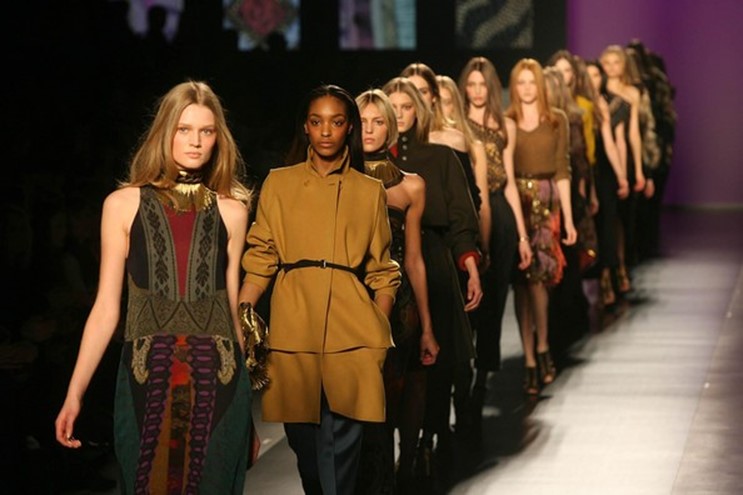
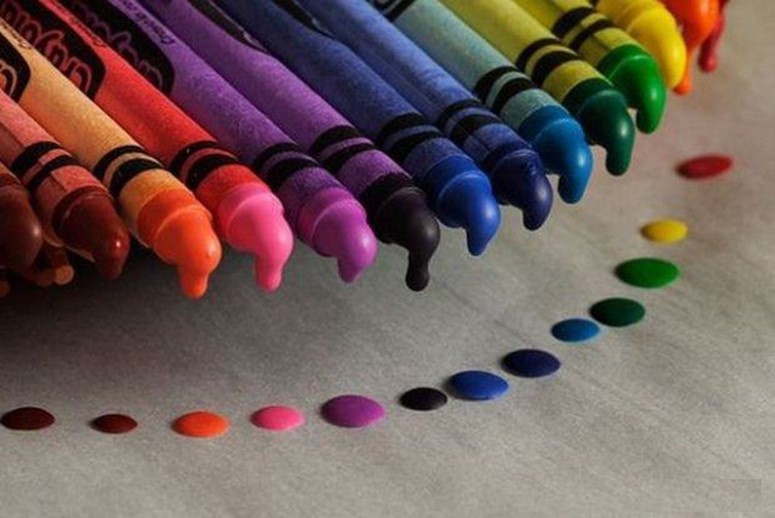
Join the Discussion! (No Signup Required)